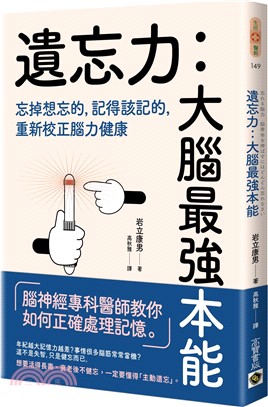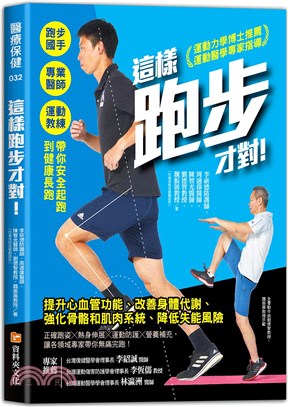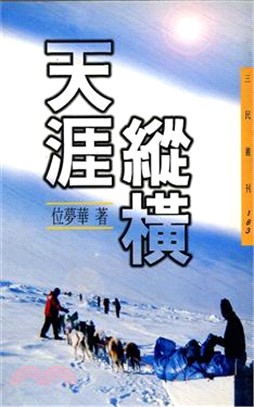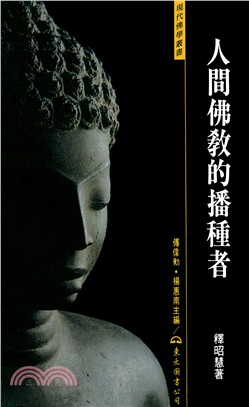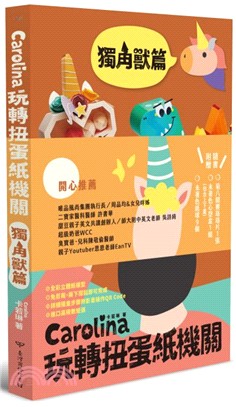商品簡介
作者簡介
CURTIS L. MEINERT, PhD, is Professor in the Departments of Epidemiology and Biostatistics at the Johns Hopkins Bloomberg School of Public Health, where he served as founder of the Johns Hopkins Center for Clinical Trials. He is a Fellow of the American College of Epidemiology, the American Association for the Advancement of Science, the American Heart Association, and the Society for Clinical Trials. Dr. Meinert has focused his research on the methodological issues in clinical trials, including their design, conduct, policy, and practice. He is the author of Clinical Trials Dictionary: Terminology and Usage Recommendations, Second Edition (Wiley).
目次
On planning xiii
Explanatory notes, focus, and conventions xv
I. General 3
1. Terminology 4
2. Definitions 6
3. Measurement units 8
4. Trial type 9
5. Design and flow schematics 12
6. Design and operating principles 13
7. Counting and analysis rules 14
8. Multi-study umbrella name 16
9. Study name 18
II. Design specifications 21
10. Objective 22
11. Specific aims 24
12. Experimental variable 25
13. Treatment unit 26
14. Primary outcome 28
15. Outcome measures 31
16. Design synopsis 33
III. Funding 37
17. Type of funding initiative 38
18. Funding: Specifications 40
19. Funding: Terminology 42
20. Funding: Type 50
21. Funding: Initiative 51
22. Funding: Period 53
23. Funding: Budget 54
24. Funding: Mode 56
IV. Treatment groups/treatment administration 59
25. Study groups 60
26. Comparison group 62
27. Study treatments 64
28. Test treatments 66
29. Control/comparison treatment 68
30. Placebo treatment 75
31. Sham treatment 80
32. Treatment modality 82
33. Treatment schedule 83
34. Treatment compliance measures 85
35. Protocol overrides 88
36. Protocol bailouts 90
V. Masking 93
37. Mask/masking: Definitions 94
38. Masking principles 97
39. Masking, censoring, and shielding specifications 99
40. Drug masking procedure 101
41. Drug packaging and labeling 103
42. Drug supply 106
43. Masking safeguards 108
44. Unmasking treatment assignment 109
45. Results blackouts 110
VI. Bias and variance control 113
46. Bias control procedures 114
47. Stratification 117
48. Variance control procedures 120
49. Separations 122
VII. Treatment assignment/randomization 123
50. Assignment methods: Fixed vs adaptive 124
51. Treatment assignment: Random vs nonrandom 126
52. Randomization: Complete vs restricted 129
53. Randomization unit 132
54. Randomization: Procedures 134
VIII. IRBs and consents 135
55. IRBs 136
56. IRBs: Models and procedures 138
57. Consent 143
58. Consent: Checklist 150
59. Consent: Disclaimers and notifications 153
60. Consent: Principles and purpose 155
61. Consent: Process 157
62. Consent: Types 160
63. Consent: Questions and answers 162
IX. Enrollment and followup 167
64. Notation 168
65. Timing conventions 171
66. Required approvals, permissions, accesses, and supplies 173
67. Start-up design 175
68. Start-up checklist 179
69. Recruitment design 180
70. Enrollment goals 182
71. Enrollment quotas 184
72. Followup: Terminology 189
73. Followup: Method 193
74. Followup: Length 195
75. Closeout design 196
76. Missed visit 199
77. Dropout 200
78. Loss to followup 204
79. Study timetable 207
80. Critical event path analysis 209
81. Eligibility criteria 212
82. Exclusions from enrollment 215
83. Eligibility and exclusions by reason 219
X. Sample size 221
84. Sample size: Design 222
85. Sample size: Specifications 226
86. Sample size: Calculation 229
87. Fixed versus sequential sample size designs 231
88. Fixed versus adaptive designs 233
89. Designed subgroup comparisons 235
XI. Data collection and processing 239
90. Contact schedule 240
91. Examinations/visits 241
92. Examination/clinic visit schedule 245
93. Data collection 249
94. Data collection: Schedules and procedures 252
95. Data flow 255
96. Data processing procedures 257
97. Laboratory tests 260
98. Readings 262
99. Tissue repositories 266
100. Form design: Principles and procedures 268
101. Time window specifications 272
102. Data entry design 274
103. Data sharing: Internal 280
104. Data sharing: External 283
XII. Study centers 287
105. Center types 288
106. Centers 291
107. Center requirements 293
XIII. Investigators/study staff 297
108. Investigator requirements 298
109. Clinic staffing requirements 300
110. Research group/Investigators 302
XIV. Committees 305
111. Key committees 306
112. Standing and working committees 307
113. Committee rules and procedures 308
114. Study officers 312
115. Study chair/vice-chair 313
116. Executive committee 317
117. Executive committee members 319
118. Steering committee 320
119. Steering committee members 322
120. Steering committee: Questions, answers, and observations 324
121. Steering committee representation models 327
XV. Treatment effects monitoring 331
122. Treatment effects monitoring 332
123. Treatment effects monitoring: Purpose 334
124. Treatment effects monitoring: Approach 336
125. Treatment effects monitoring: Masking 338
126. Stopping rules and guidelines 340
127. Treatment effects monitoring: Questions and answers 342
128. Treatment effects monitoring committee 345
129. Treatment effects monitoring committee: Questions and answers 347
XVI. Quality control and assurance 351
130. Quality control and assurance procedures 352
131. Performance monitoring 356
132. Training procedures 358
133. Assurances and certifications 359
134. Site visiting procedures 361
135. Audit procedures 364
XVII. Data analysis 367
136. Analysis datasets 368
137. Analysis questions regarding study results publications 370
138. Frequentist vs Bayesian analysis 372
139. Final analysis 374
140. Subgroup analysis 376
XVIII. Publication/presentation 379
141. Publication 380
142. Publication policy 382
143. Authorship 384
144. Credits 389
145. Presentation policy 393
XIX. Policies 395
146. Policies 396
147. Publicity policy 397
148. Policy on access to study documents 398
149. Policy on access to study data and results 400
150. Policy on advertising for patients 403
151. Policy on incentive payments 404
152. Policy on payment of patient related travel expenses 406
153. Ancillary study policy 407
154. Policy on patient care related payments 409
155. Policy on conflicts of interest 410
156. Substudy policy 413
XX. Adverse events 415
157. Adverse events 416
158. Adverse event reporting procedures 420
XXI. Miscellaneous 423
159. Key study documents 424
160. Design synopsis 425
161. Slide sets 426
162. Study CV 427
163. Study website 428
164. Study history log 429
165. Landmark events and dates 431
166. Registration 433
Appendices 435
Appendix 1. Design summaries 437
Appendix 2. Sample design slide sets 457
Appendix 3. Template worksheets and slides 489
References 505
Index 516
主題書展
更多書展本週66折
您曾經瀏覽過的商品
購物須知
外文書商品之書封,為出版社提供之樣本。實際出貨商品,以出版社所提供之現有版本為主。部份書籍,因出版社供應狀況特殊,匯率將依實際狀況做調整。
無庫存之商品,在您完成訂單程序之後,將以空運的方式為你下單調貨。為了縮短等待的時間,建議您將外文書與其他商品分開下單,以獲得最快的取貨速度,平均調貨時間為1~2個月。
為了保護您的權益,「三民網路書店」提供會員七日商品鑑賞期(收到商品為起始日)。
若要辦理退貨,請在商品鑑賞期內寄回,且商品必須是全新狀態與完整包裝(商品、附件、發票、隨貨贈品等)否則恕不接受退貨。















